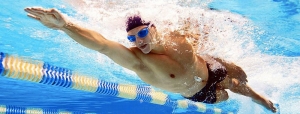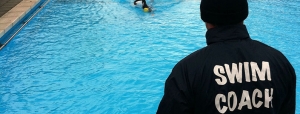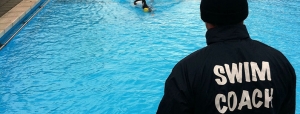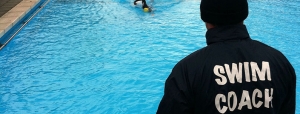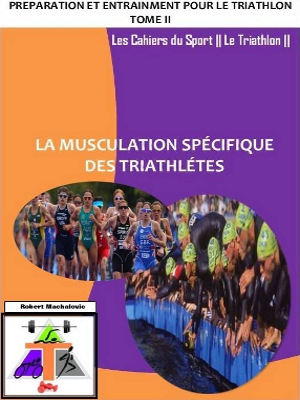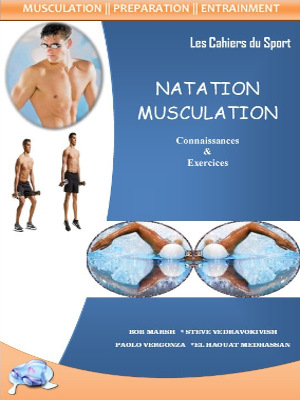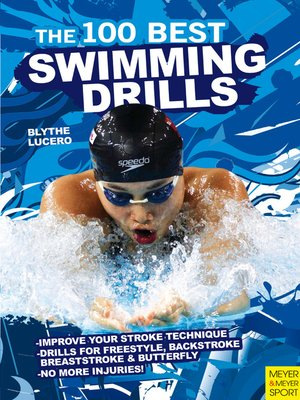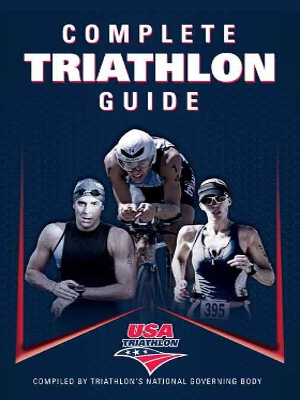Afficher les éléments par tag : swimming
BODY POSITION DRILLSAn efficient freestyle is built on good body position. The way we float in the water is affected by our core tension. For a better freestyle, we must learn to shift weight forward, and achieve a downhill floating position. The goal of the following drills for body position is to experience an advantageous float and effective core stability. |
Two of the most common features of training programs of swimmers competitive are the periodization of training volume and intensity and the transition from training to racing.
A periodized training and tapering program is based on the principle of overload—recovery—peaking.
This principle forms the basis of preparing swimming training programs with the aim of increasing the level of competitive performance.
A fundamental principle of preparing athletes is that periodization and tapering applies equally to all the different aspects of fitness, such as endurance, speed, strength, flexibility, and power. The training program must provide an overload (stimulus) to force the body to adapt to a previously unencountered level of stress. After sufficient application of the stimulus (in terms of magnitude and frequency), a period of recovery and regeneration will allow residual fatigue to dissipate. If the processes of overload and recovery are managed correctly a period of super compensation will occur so that performance is elevated to a higher level for important competitions.
Preseason training commences from the low base of fitness maintained during the off-season. Swimmers typically start the preseason phase with a single session per day and gradually increase the number of sessions over the first few weeks. A graded increase sees the frequency of training increasing from one session per day, to three sessions over 2 days, and eventually to the traditional two sessions per day format followed by the majority of high-level swimmers.
The main features of the early-season phase are a modest training volume to start, small 5-10 km increases in volume per week, low initial training intensity, and dry-land conditioning including flexibility, circuits, weight training, and other games and activities, to improve the overall sport abilities of the swimmer. After several weeks there are further increases in training volume, a graduai introduction of higher intensity aerobic work to the level of the lactate threshold, and emphasis on skill and technique development before moving to the faster training speeds.
In simple terms, training volume elicits improvements in general endurance fitness while training intensity develops the specific fitness required for racing and competitive success. The later weeks of the early-season phase focus on continuing development of the lactate threshold (endurance fitness), maximal oxygen uptake (maximal aerobic) and race pace training capacities, ongoing manipulation of training volume and intensity to maintain improvement, an individualized approach to volume, intensity and recovery, and refinement of skills particularly at race speeds.
S'inscrire Pour Accéder à la Totalité du Site
Conseils Sports Coaching Formation

